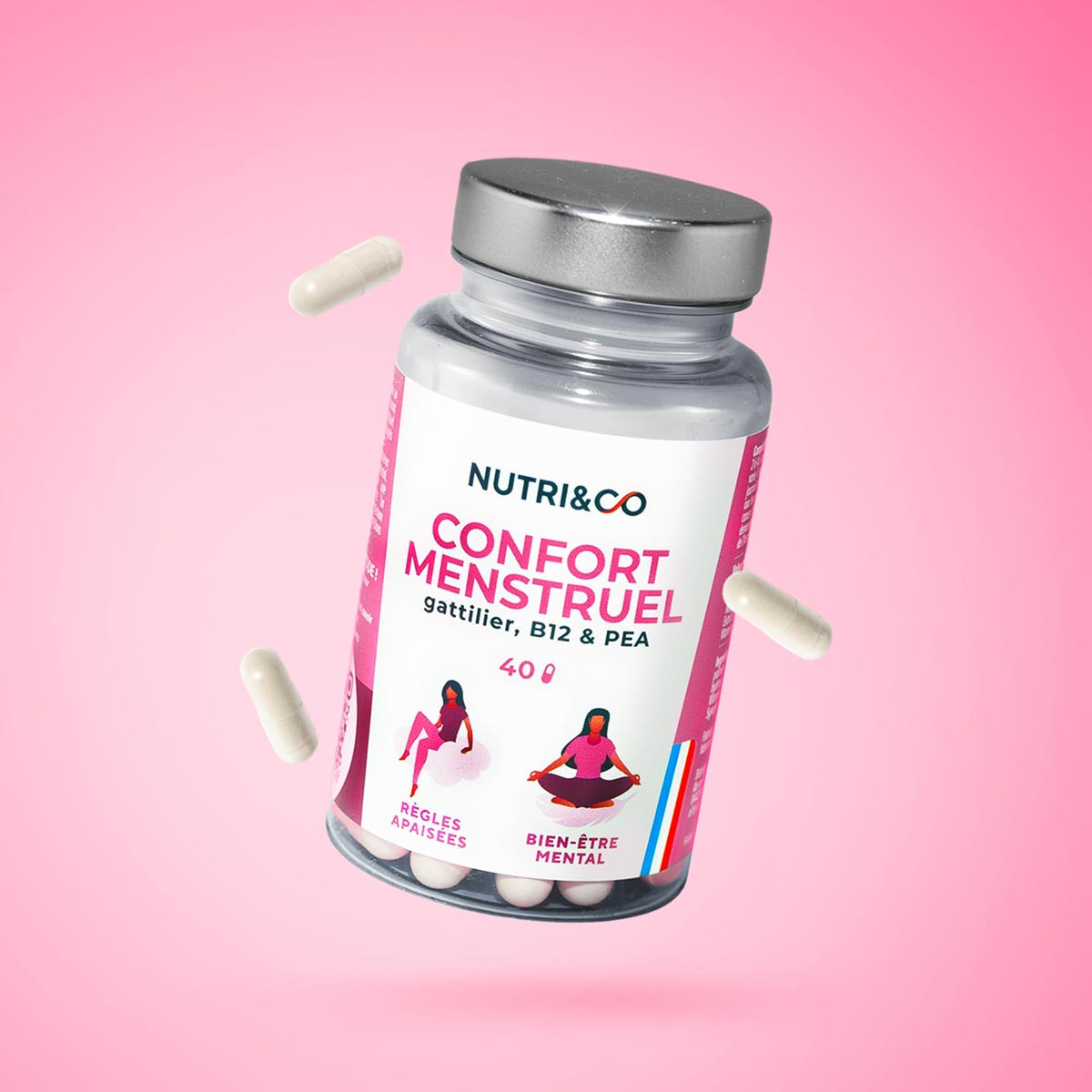
(28)
Feminine
€19.90
- Premenstrual syndrome
- Physical and psychological comfort
- Vitex complex, PEA, magnesium, vitamin B12
Feminine
€19.90
Paiement
sécuriséLivraion offerte
dès 69€ d'achatLivraion
en 48hFaites des
économiesParrainer
un procheRécompenses
fidélité









